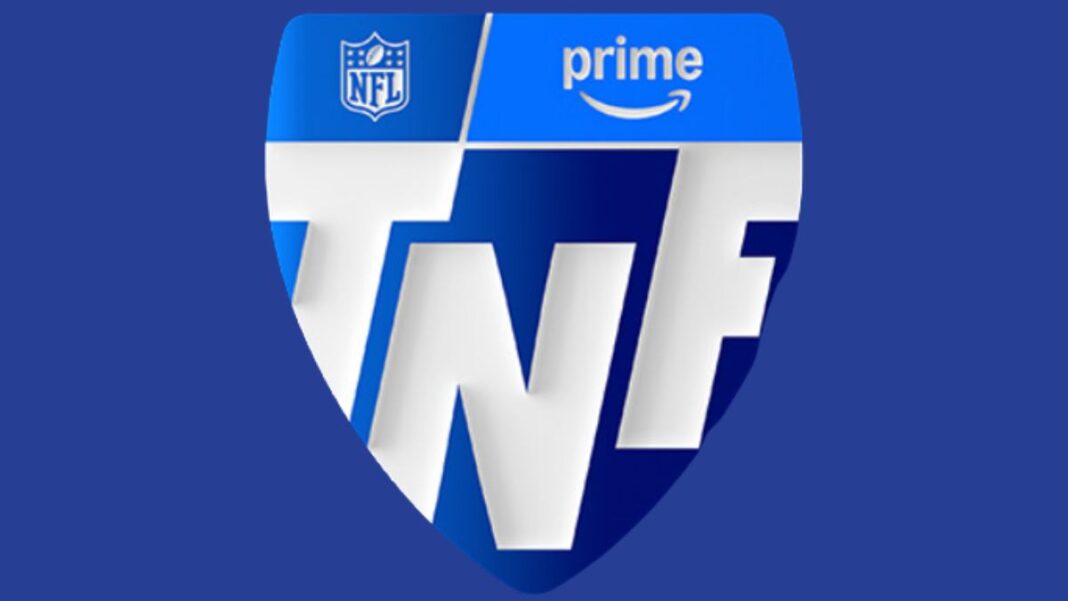Professional sports in the United States are changing. Major League Soccer has reached record attendance numbers in 2024, with 8.3 million attendees so far—the highest in league history by this date. Six matches have drawn more than 60,000 fans, seven over 50,000, and twenty-one have seen at least 40,000 fans. These numbers equate to a 94% attendance capacity, with 153 matches selling out, setting a new midseason record. This level of attendance shows the league’s expansion of its fan base and social engagement, highlighting its potential to surpass both the National Basketball Association and Major League Baseball.
A major factor in this rise in fan engagement and attendance in MLS is its young demographic. The league has the youngest audience among all legacy sports, drawing attention from Gen Z males. This group is increasingly attracted to MLS due to its representation and connection to the sport. The presence of international soccer star Lionel Messi has further boosted MLS’s momentum. His debut in the United States sparked a huge surge in social media engagement and filled stadiums to capacity, driving ticket prices up. Messi’s influence extends to merchandise sales, with his jersey becoming the top-selling item globally for Adidas, reflecting his broader impact on the sport’s increased visibility and financial growth.
Financially, MLS has formed a key broadcast partnership with Apple, valued at $2.5 billion over a 10-year period. This agreement includes the streaming of all matches live across Apple devices in more than 100 countries, free from regional restrictions. This accessibility marks an important shift in how fans engage with MLS content, aiming to replicate the success seen by other major leagues. Additionally, corporate sponsorship deals have increased by 10% compared to 2023, with new partnerships with brands such as Michelob Ultra and Beats by Dre providing further financial support. This financial backing underpins MLS’s ability to compete closely with other leading sports leagues.
MLS distinguishes itself through strong social engagement, as shown by its surpassing other men’s North American sports leagues on Instagram, TikTok, and YouTube. Engagement on these platforms has increased by 230% from the previous season, with over 400 million social interactions recorded in 2024 alone and video views reaching 1 billion. This rapid growth in social media aligns with MLS’s ability to attract young fans, offsetting the decreasing viewership of the NBA and MLB. This new model of fan interaction has moved potential away from traditional methods of engagement toward innovative content delivery, such as with Apple’s global streaming.
While MLS is gaining momentum, the reality of its current broadcast rights fees cannot be overlooked. Despite remarkable growth, MLS rights fees are notably lower than those of other leagues, with MLB and NHL rights fees being five and two times higher, respectively. These differences highlight the financial challenges MLS faces in matching the income generated by the major sports leagues. Nevertheless, these setbacks point to areas for potential growth, as shown by projections and strategic foresight at the organizational level. Notably, Los Angeles FC lead owner Larry Berg has suggested MLS might surpass Major League Baseball in importance over the next decade due to these demographic and logistical advantages.
MLS’s ability to attract celebrity endorsements offers a promising path to accelerated growth. Figures such as Lionel Messi have attracted attention from high-profile personalities like Kim Kardashian, LeBron James, and Tom Brady, thereby increasing the league’s exposure. This phenomenon can drive MLS’s rise in importance and demonstrates a focus on securing aspirational figures to endorse and engage with the league. The appeal of the lifestyle and infrastructure associated with MLS makes it an attractive option for international players, enhancing the league’s overall quality and global appeal.
MLS is also drawing attention from the betting and gambling industries, signaling notable coexistence. Sports betting plays a role in MLS’s ongoing advancements, with bets linked to fan engagement. Visitors to the league’s events and content can access platforms such as Fanatics, creating an ecosystem where betting becomes part of the sport’s broader offerings.
These factors collectively shape the competitive environment in which MLS operates. Competitive assessments highlight that while MLB and NBA maintain a presence, both face challenges in engaging younger audiences. The decline in MLB attendance—30% over the past fifteen years—and the NBA’s low viewership metrics in recent years reflect changing loyalties among younger demographics. In contrast, as MLS clubs grow and introduce innovations in rules and schedules, the potential for enhanced viewer engagement and consistent fan experiences appears promising.
As MLS continues to explore its growth pathways, its strategic initiatives focus on effectively managing these opportunities and challenges. Consistent game scheduling on weekends, fostering competitive displays through tournaments like the Leagues Cup, and implementing rules to increase game fluidity are all efforts aimed at maintaining fan interest and boosting audience connection. As a result, the journey of MLS marks a change in the sporting industry, positioning itself as a strong contender in the importance of professional sports in America.







